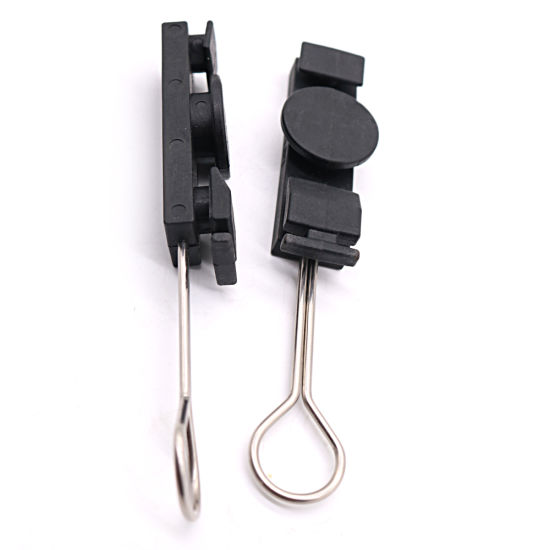
The price of a drop wire clamp varies depending on various factors like material, size and design. A drop wire clamp is a device used to secure and support cables used in aerial installations. It has a specialized grip that holds the cable in place without causing damage. it also helps prevent sagging or swaying of the cables. Drop wire clamps are from materials like metal, stainless steel or aluminum. These materials help protect the cables and clamp from environmental conditions. They also have mechanisms like wedges, screws or wraps that grip the cables. Their designs also allow for quick and convenient installation and removal. Drop wire clamps also distribute the weight and tension of the cable to prevent damage at the attachment point. Prices for drop wire clamps varies depending on supplier and quantity during purchase.
Drop wire clamp prices
Prices for drop wire clamps depend on factors like material. Market conditions, design and quantity purchased. Price ranges are approximate and vary depending on these factors mentioned. Most of the suppliers and manufacturers offer quotes with accurate pricing information. Also, you should consider factors like durability, reliability and long-term value. Other resources to check for drop wire clamp prices include eBay, Amazon, electrical supply stores and hardware stores. The following are some approximate price ranges for drop wire clamps.
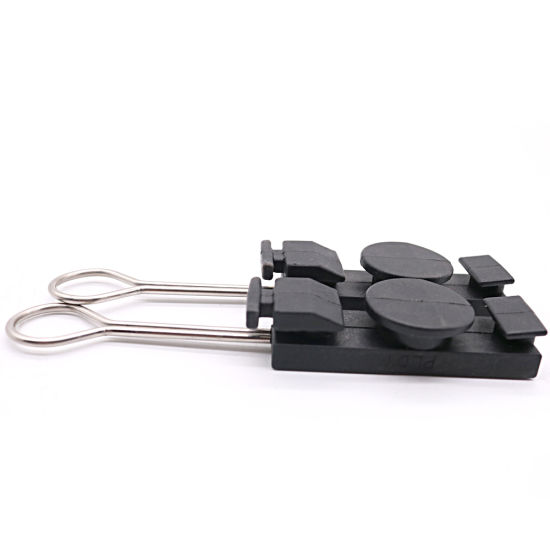
- Basic drop wire clamps – these are clamps made from galvanized steel or aluminum without special features. Their prices may range from $1 t0 $5 per unit.
- Bulk purchases – purchasing drop wire clamps in bulk quantities can lead to volume discounts. The prices may range between $0.50 to $3 per unit depending on quantity ordered and negotiations with the supplier.
- Shipping and handling – there are extra costs such as shipping, handling and taxes to consider when checking the costs. These expenses vary depending on the supplier and destination.
- Specialized drop wire clamps – these are clamps with extra features such as insulation, adjustable components and corrosion resistance. They may cost between $5 and $20 per unit depending on the complexity of the design and quality of materials.
- High quality drop wire clamps – these clamps are from premium materials such as stainless steel or advanced features. They may cost up to $20 per unit. They have designs for specialized applications.
Wire clamp cost considerations
Checking for the right prices of the drop wire clamps can be stressful enough already. There are however various factors to consider to ensure you make an informed decision. It is also important to balance upfront expenses with long term value and performance. Also, it is important to consult with industry experts for guidance on the right decisions. The following are the factors to consider when checking prices for drop wire clamps.
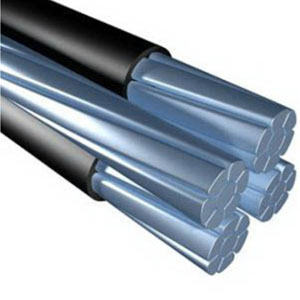
- Material quality – selecting higher quality materials result in higher upfront costs. These materials include stainless steel or corrosion resistant coatings. These materials provide durability and longevity to the clamps. This reduces the long-term maintenance and replacement expenses.
- Installation ease – drop wire clamps that are easy to install need minimal labor costs. This contributes to cost saving by reducing installation time and labor expenses. Check for factors like adjustability, mechanisms and compatibility with installation tools.
- Supplier reputation and support – select clamps from reputable suppliers with a track record of delivering quality products. This is to get the assurance of product quality and after sales service.
- Quantity discounts – buying in bulk may result in volume discounts from various suppliers. Check the cost savings of purchasing larger quantities against the upfront investments.
- Durability – invest in durable drop wire clamps that can withstand environmental factors and mechanical stresses. This may result in higher initial costs but can lead to cost savings by reducing the frequency of replacements and repairs.
- Compliance with regulations – ensure the selected clamps meet regulatory standards and requirements for safety and performance. This helps to avoid fines, penalties or need for replacements.
- Total cost of ownership – consider the total cost of ownership over the lifespan of the drop wire clamps. This is including initial purchase price, installation costs and maintenance expenses. Higher quality clamps with lower lifecycle can provide better value.
- Shipping and handling – consider extra costs like shipping, handling or taxes when estimating the total costs of acquiring clamps.
Supplier and vendor information for drop wire clamps
Finding the right supplier in the current market can be a tough nut to crack. It is thus essential to consider factors such as product quality, reliability, pricing and customer support. Additionally, it is advisable to check the reputation of the supplier. Check for services like after-sales services and customer care. Also, check for product and service reviews from clients. Request for quotes from many suppliers and compare options to ensure you find the best supplier. The following are the factors to consider when selecting drop wire clamp suppliers.
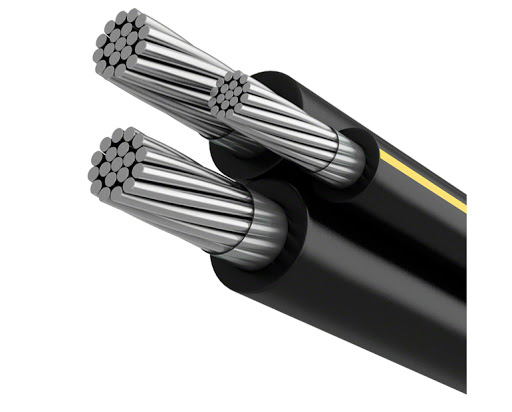
- Local hardware stores – check the local hardware stores who carry variety of hardware and construction materials. Visit them and inquire about the selection and pricing of the drop wire clamps.
- Online retailers – these may include marketplaces such as Amazon, eBay or Alibaba. They may offer a selection of drop wire clamps from various suppliers. Check their product listings, compare prices and read customer reviews.
- Manufacturers – contact manufacturers on their websites and sales representatives. This helps to ain information on their product offerings, pricing and distribution channels.
- Professional associations – associations in the electrical industry and telecommunications may provide resources on the hardware.
- Electrical supply stores – the stores can have stock of some hardware and accessories used in electrical installations.
- Specialty distributors – this includes distributors that focus on hardware, construction or telecommunication equipment. They may offer bulk purchasing options and competitive pricing.
- Trade shows and events – attending such shows and exhibitions related to telecommunication and electrical engineering allows you to network. It also helps to discover new products and suppliers of drop wire clamps.
Challenges and issues facing wire clamps
Drop wire clamps may face several challenges and issues that impact their performance. Addressing such challenges requires consideration of factors such as material selection, installation practices, maintenance procedures and compliance with industry standards. Theis helps to ensure the effectiveness, reliability and safety of aerial cable installations. The following are the challenges facing drop wire clamps.
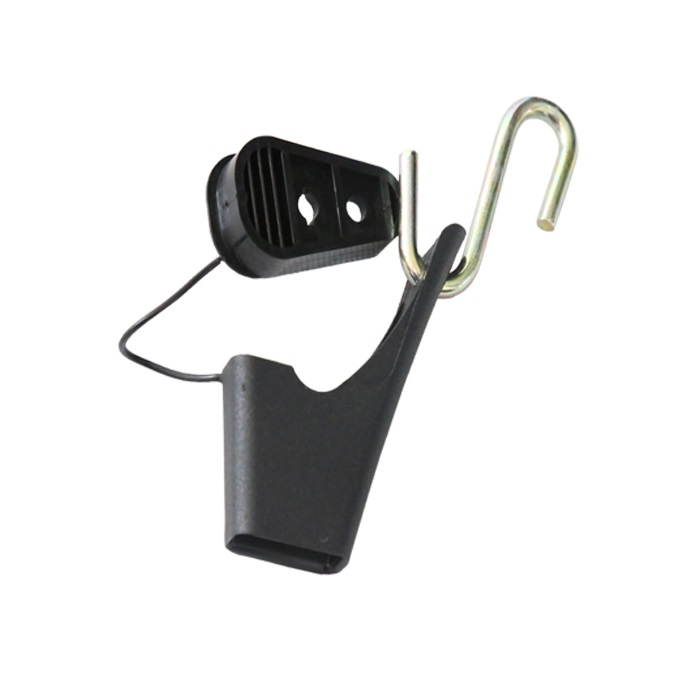
- Corrosion and rust – drop wire clamps install in outdoor installations. They face conditions such as moisture, humidity and salt. This may lead to corrosion and rust which compromises their integrity and effectiveness.
- Insufficient support – improper installation may result in drop wire clamps failing to protect enough support for the aerial cables. This may lead to sagging, signal loss or service interruptions.
- Electrical contact – insufficient insulation of the clamps may lead to electrical contact between the clamp and the aerial cable. This increases the risk of short circuits or interference.
- Durability – use of low-quality materials can affect the durability and longevity of drop wire clamps. This leads to premature failure or need for frequent replacements.
- Maintenance and inspection – periodic maintenance and inspection of drop wire clamps helps to identify potential issues. This includes corrosion, damage or wear. It helps to address the issues to prevent service disruptions or safety hazards.
- Cost considerations – balancing costs of the clamps with durability, reliability and long-term value can be challenging.
- Installation challenges – installing drop wire clamps in elevated heights can affect the durability of clamps. This leads to premature failure or the need for frequent replacements.
- Mechanical stress – stress from mechanical vibrations can impact the performance of the clamp. It may lead to sagging, signal loss or service interruptions.
- Incompatibility with cable types – drop wire clamps have designs to fit specific cable types and sizes. Incompatibility may lead to installation issues or inadequate support.
Community forums and interactions for drop wire clamps
Finding online communities for drop wire clamps can be a challenge in itself. There are various forums in online platforms, industry-specific forums and professional networking groups. Engaging with industry professionals, sharing experiences and seeking advice can help expand knowledge and stay informed about best practices. The following are the common community forums for drop wire clamps.
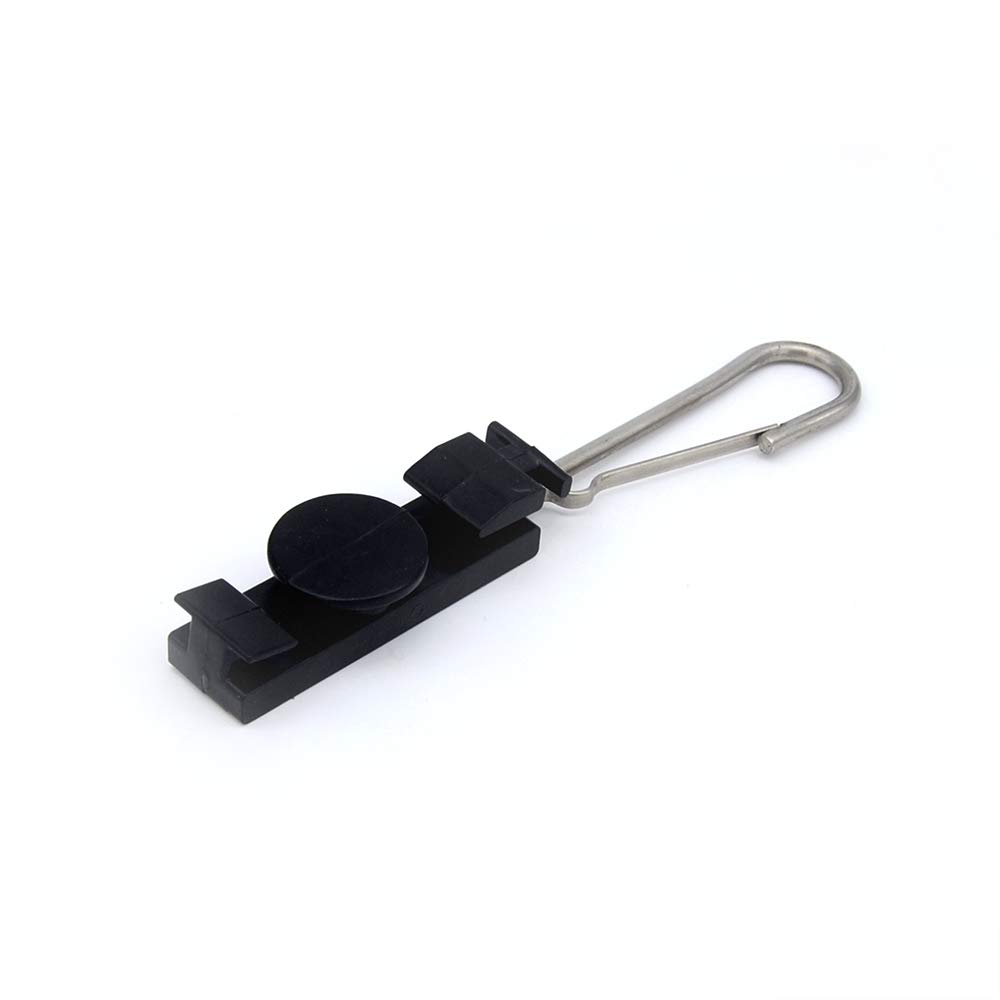
- Broadband communities – these include sites like DSLReports and BroadbandNow . Technicians can discuss cable installations and use of drop wire clamps.
- Reddit – there are various subreddits with discussions related to drop wire clamps in specific projects.
- Electrical engineering forums – these are communities like EEVBlog and Stack Exchange Electronics. They have discussions about specific technical aspects of drop wire clamps.
- LinkedIn groups – look for groups dedicated to construction, telecommunications or cable TV industries for professional discussions.
- Blogposts – look for articles about specific applications of drop wire clamps.
Frequently asked questions
Drop wire clamps are components used to secure and support aerial cables installed on support structures. They provide stability, prevent sagging and protect the cables from environmental damage.
Challenges include corrosion, mechanical stress, insufficient support and electrical contact. Addressing these challenges requires proper material selection, installation practices and maintenance procedures.
You can find drop wire clamps from local hardware stores, online retailers and from manufacturers. Consider factors such as product quality, reliability, pricing and customer support when selecting a supplier.